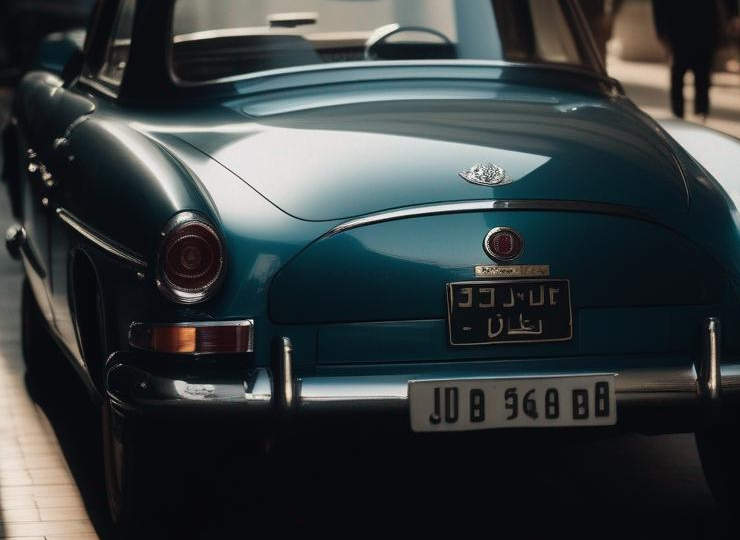文字のサイズ
- 小
- 中
- 大
China’s growing presence in Iran’s car industry – can it be the ‘black ship’ that will encourage modernisation?
Iran, which has been overshadowed in the recent clashes between Israel and Hamas, has reached a new milestone in the automotive industry.

With relations with Western countries deteriorating over the nuclear agreement, and economic sanctions from the US and other countries intensifying, car production fell below 1 million units from 2018 to FY2021, but recovered to just under 1.4 million units in FY2022, with the aim of reaching a record peak of 1.6 million units in FY2023. The Iranian government is bracing itself.
The main goals of Iran’s automotive industry have not changed in the last 20 years. It aims to become the region’s largest car producer and to expand exports and local production to neighbouring and closely related Muslim countries and Venezuela. On the other hand, the challenges have not changed or been solved at all, but this time may be its greatest opportunity.
The challenge is the low quality and competitiveness of the products produced by Iranian car manufacturers. The Kia Pride (also known as the Saipa X100 and other aliases), known as the national car, is based on a 1980s platform. As a result, accidents were common due to poor safety equipment, and fuel consumption was far worse by today’s global standards, making it a serious contributor to air pollution. In case you are wondering, Pride production ended in 2020, but models using a modified version of the Pride platform are still in production, and the Peugeot 405-based cars produced by another state-owned manufacturer, Iran Khodro, were also designed in the 1980s and the 206-based cars in the 1990s, They remain more than 30 years behind global standards.
Of course, the Iranian government was not inept, and in the mid-2010s, when the nuclear agreement was reached, it had the intention of modernising its products in one fell swoop, with the technical cooperation of PSA and Renault at the time. However, President Trump’s withdrawal from the nuclear agreement occurred and Western manufacturers were forced to withdraw, resulting in the Corona disaster. In the meantime, Iran was able to recover its scale, thanks in part to the fact that it had even mobilised its military to set up a system to produce everything in-house and was generally low-tech, but challenges remained.
This is where China came in. The Iranian government boldly claims that it has made it possible to produce everything itself, but in FY2022, imports of car parts are rising sharply, most of which will come from China. One might have thought that Chinese manufacturers would increase their local assembly as western countries withdrew, but there has not been such an increase, rather it can be seen that they have deepened their relationship with local manufacturers in the supply of parts.
The failure of the Iranian automobile industry to modernise is partly due to external factors, but resistance from state-owned manufacturers and government consideration are also major factors. It is quite a wild idea to try to fill a 30-year gap in a few years, and it is clear that once the latest, global-standard and affordable products appear on the Iranian market, consumers will no longer opt for conventional domestic cars, which have been expensive and low-spec due to lack of choice, and for which they have to wait several months before they can get their hands on a new one. It is clear that this will no longer be the case. In order to bring down vehicle prices, which have risen too high due to inflation and shortages, the Government must strike a balance in bringing the latest models to the market, while encouraging domestic manufacturers to accelerate their response. This “black ship” is the one we would like to see put to good use.






